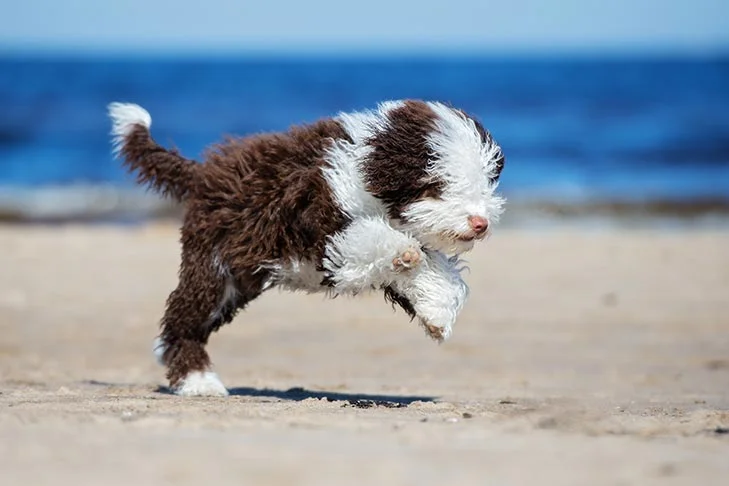The indestructible Spanish Water Dog is a dual-purpose breed distinguished by a wooly curl coat. This rustic charmer is a lively family friend and alert watchdog in his birthplace, where he is used as both a herder and a waterfowl chaser.
The coat is the starting point for these indestructible workers’ distinct appearance. It’s curly and woolly from head to toe, and when grown out, it often forms tight, tapering cords. The expressive brown eyes are hidden below the long coat’s facial hair. Black, brown, beige, white, or parti-color (black, brown, beige, with white) are all options. The adjective ‘rustic’ is frequently used to describe the general appearance of this strong medium-sized dog (a male will stand a little under 20 inches at the shoulder).





 Health
Health Grooming
Grooming Exercise
Exercise Training
Training Nutrition
Nutrition